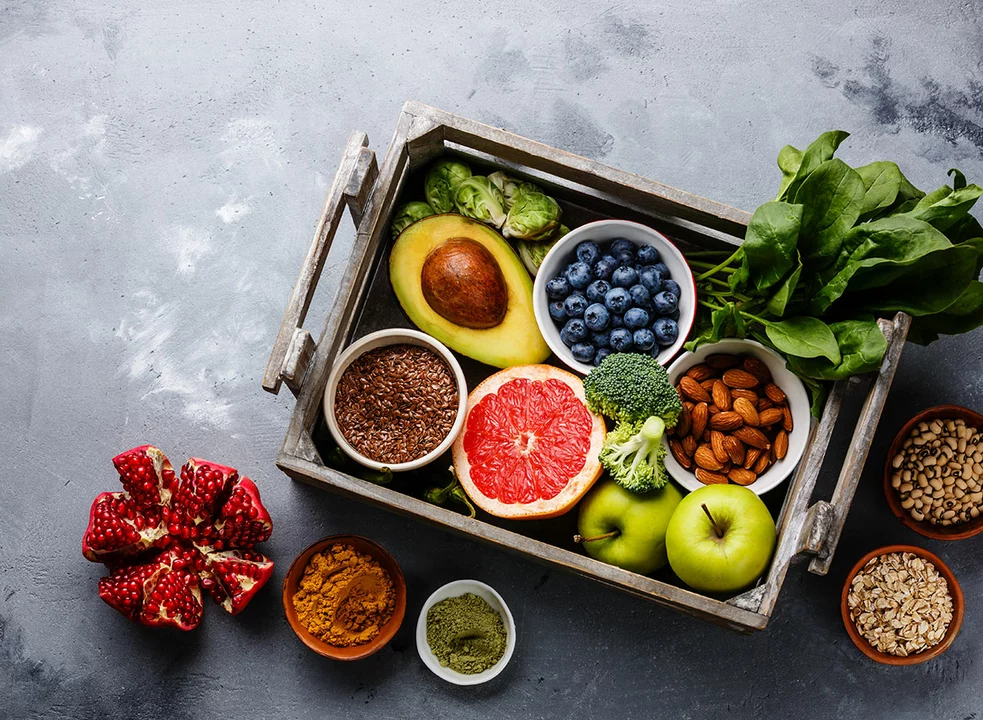Unhealthy Indian Food: Spot the Risks and Eat Smarter
India’s kitchen is a treasure chest of flavors, but not every treat is a health win. From street‑side samosas to sweet jalebis, many beloved dishes pack more oil, sugar, and refined flour than you’d think. If you love the taste but hate the after‑effects, keep reading – we’ll break down the culprits and show you easy swaps that keep the yum factor intact.
Why Some Indian Favorites Turn Unhealthy
Most of the classic street foods rely on deep‑frying. A single vada pav or pakora can soak up a handful of oil, adding hundreds of empty calories. The oil used is often palm or vegetable oil, which is high in saturated fats. When you pair that with maida‑based dough – the same refined flour you find in white bread – you get a double hit of low‑fiber carbs and unhealthy fats.
Sweet snacks like jalebi, gulab jamun, and sugary lassis are drenched in refined sugar. Sugar spikes your blood sugar, leaves you hungry sooner, and over time can nudge you toward weight gain and insulin issues. Even popular “healthy‑appearing” dishes can hide pitfalls – think of creamy paneer tikka masala loaded with butter and cream.
Salt is another stealthy player. Many snack mixes, chaat powders, and ready‑to‑eat packets contain high sodium levels, which can raise blood pressure if you’re not careful. The combination of too much oil, refined carbs, sugar, and salt makes these foods a perfect storm for the waistline.
Smart Swaps to Keep the Taste
Want the same crunch without the oil? Try shallow frying with a spray of olive or mustard seed oil, or switch to air‑frying. A batch of air‑fried samosas using whole‑wheat flour and baked instead of deep‑fried can cut calories by up to 60% while still delivering that golden bite.
Swap maida for atta (whole‑wheat flour) or even a mix of millet flours for roti‑based snacks. Whole grains add fiber, which slows digestion and keeps you fuller longer. For dhokla lovers, using fermented brown rice batter adds protein and reduces the glycemic impact.
When it comes to sweets, reduce sugar by half and add natural sweeteners like jaggery or dates. A jalebi made with a date‑sweetened batter still looks orange and tastes sweet, but the glycemic spike is gentler. Pair desserts with a squeeze of lemon or a pinch of cardamom – the flavors feel brighter, so you don’t need as much sugar.
Incorporate veggies and legumes wherever you can. Adding grated carrots, spinach, or lentils to a bhaji or pakora mix not only boosts nutrition but also cuts down on the amount of flour needed. The extra fiber balances the oil, making the snack less greasy on your gut.
Portion control is the unsung hero. A small plate of chaat with tamarind chutney, fresh cilantro, and a handful of roasted chickpeas satisfies cravings without the overload. Use smaller bowls or serve on a banana leaf to naturally limit how much you pile on.
Lastly, drink water. Many times we reach for a sugary lassi when we’re actually just thirsty. A glass of buttermilk with a pinch of cumin can give that cooling effect without the extra sugars.
Enjoying Indian food doesn’t have to mean sacrificing health. By tweaking cooking methods, swapping ingredients, and watching portions, you can keep the flavor fireworks while trimming the hidden calories. Next time you hit the stall or kitchen, pick the smarter option – your taste buds and your body will thank you.
What is the most unhealthy Indian food?
As a food enthusiast, I've always been curious about the health aspects of various cuisines. Recently, I delved into the world of Indian food to find out which dish could be considered the most unhealthy. After extensive research, I discovered that the popular dish, Samosas, takes the top spot due to its high calorie and fat content, primarily due to deep-frying. Moreover, the potato stuffing adds to the carbohydrate load, making it quite unhealthy when consumed in large quantities. However, it's essential to remember that moderation is key, and enjoying an occasional samosa should not be a cause for concern.
